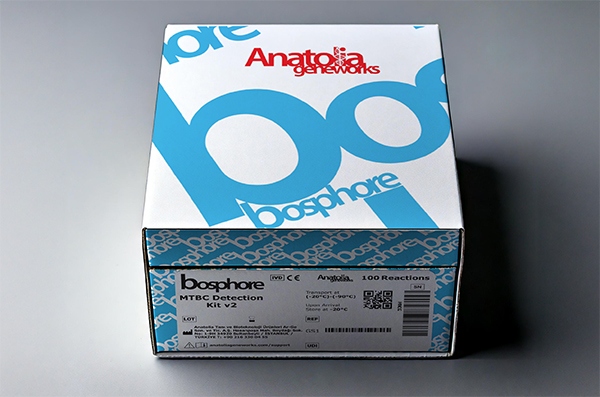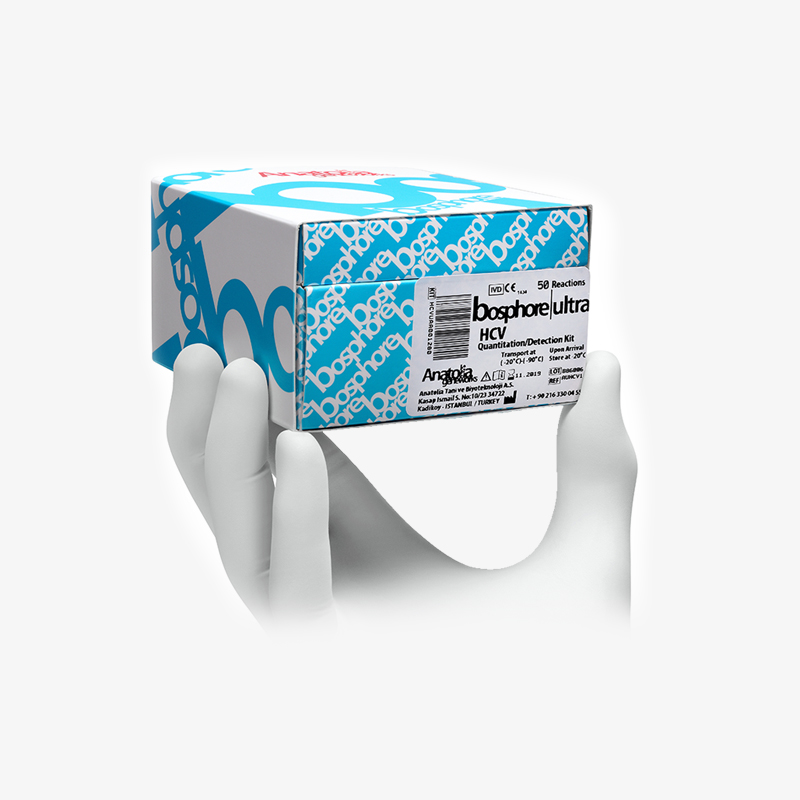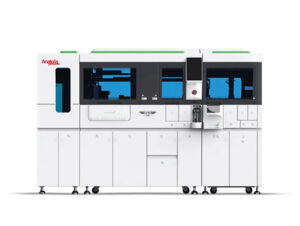
WHO’s Global Tuberculosis Report 2024 reveals the highest number of newly diagnosed cases of Tuberculosis (TB) with 8.2 million, which is the highest number since 1995. With about 1.25 million deaths in 2023, TB has once again become the leading infectious disease in mortality, surpassing COVID-19. Though we have tools to prevent, detect, and treat it, TB remains one of the most significant infectious diseases worldwide, particularly in regions with high poverty rates, overcrowded living conditions, and limited healthcare access. The rise of drug-resistant TB strains has further exacerbated the problem, posing challenges for treatment.
Symptoms of Tuberculosis
Tuberculosis, caused by Mycobacterium tuberculosis, is primarily a respiratory disease but can affect various organs, such as the kidneys, spine, and brain. About a quarter of the global population is estimated to have been infected with TB bacteria. About 5–10% of people infected with TB will eventually get symptoms and develop TB disease.

TB symptoms can range from mild to severe and may include chronic cough, weight loss, fever, night sweats, fatigue, and chest pain. Pulmonary TB, which is the most common form, is often characterized by coughing up blood. It’s important to seek medical attention if any of these symptoms persist, as untreated TB can be fatal and spread quickly.
Risk Factors for Tuberculosis
The primary risk factors for Tuberculosis (TB) include poor nutrition, close contact with infected individuals, and compromised immune systems. Individuals with weakened immune systems like people with HIV/AIDS, malnutrition, or chronic conditions like diabetes, as well as those in crowded environments, are at higher risk. Smoking and alcohol use also increase the likelihood of contracting TB, particularly in men.
Modes of Transmission
TB is transmitted through airborne droplets when an infected person coughs, sneezes, or talks. Close and prolonged contact with someone who has active TB increases the risk of transmission. To prevent the spread of the bacteria, it’s important to take precautions such as wearing a mask and maintaining good hygiene.

Diagnosis and Early Detection
Timely diagnosis is crucial to control the spread of TB and to ensure that individuals receive proper treatment. While traditional tests like sputum smear microscopy are used, more advanced techniques such as Real-Time PCR are becoming essential for rapid and accurate detection.
Bosphore MTBC Detection Kit v2 from Anatolia provides reliable, high-precision detection of MTBC (Mycobacterium tuberculosis Complex). It detects all the complex MTBC bacteria genotypes including Mycobacterium tuberculosis in urine, CSF, pulmonary samples, swab samples, serum, plasma, sputum, peritoneal fluid, bronchoalveolar lavage fluid, mouthwash, and tissue samples.
Tuberculosis is preventable and curable. Therefore, access to advanced diagnostic methods like Real-Time PCR Kits is of crucial importance in limiting TB case numbers, preventing the spread of TB, and ensuring patients receive the necessary treatment.

Treatment and Prevention
Tuberculosis is treatable with a combination of antibiotics, typically for a period of 6 to 9 months. However, drug-resistant TB has become a significant challenge, requiring longer treatment regimens and more potent drugs. Prevention strategies include vaccination with the BCG vaccine, especially in high-risk populations, and improving living conditions to reduce overcrowding and malnutrition.
As TB remains a persistent global health threat, raising awareness, encouraging early testing, and improving access to healthcare services are essential to controlling the disease and preventing further outbreaks.




